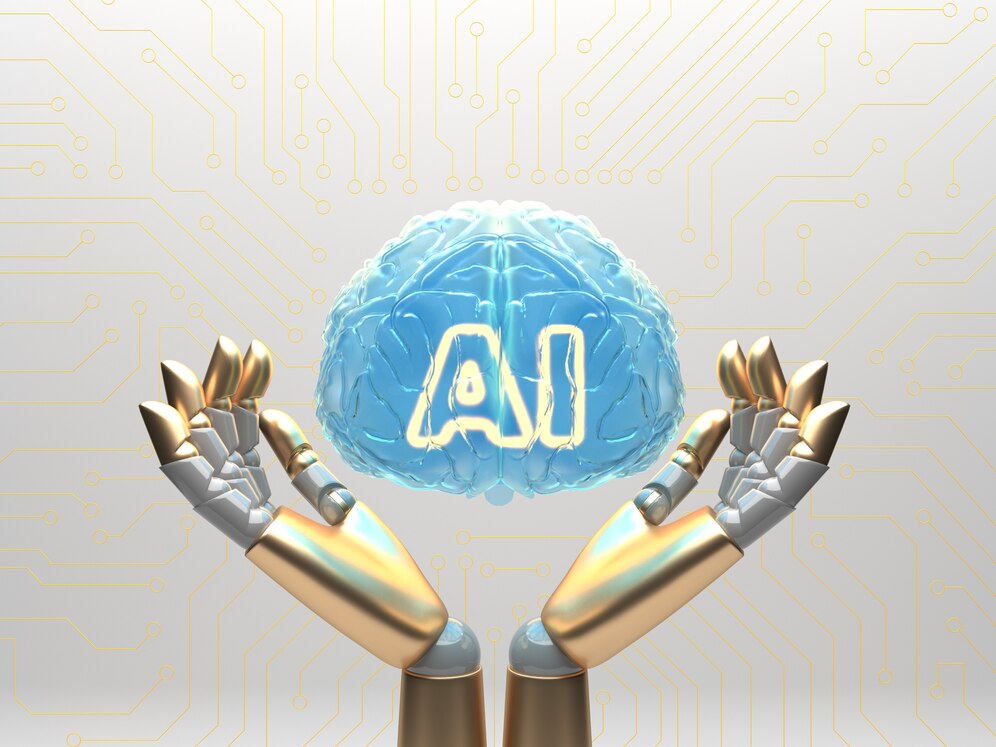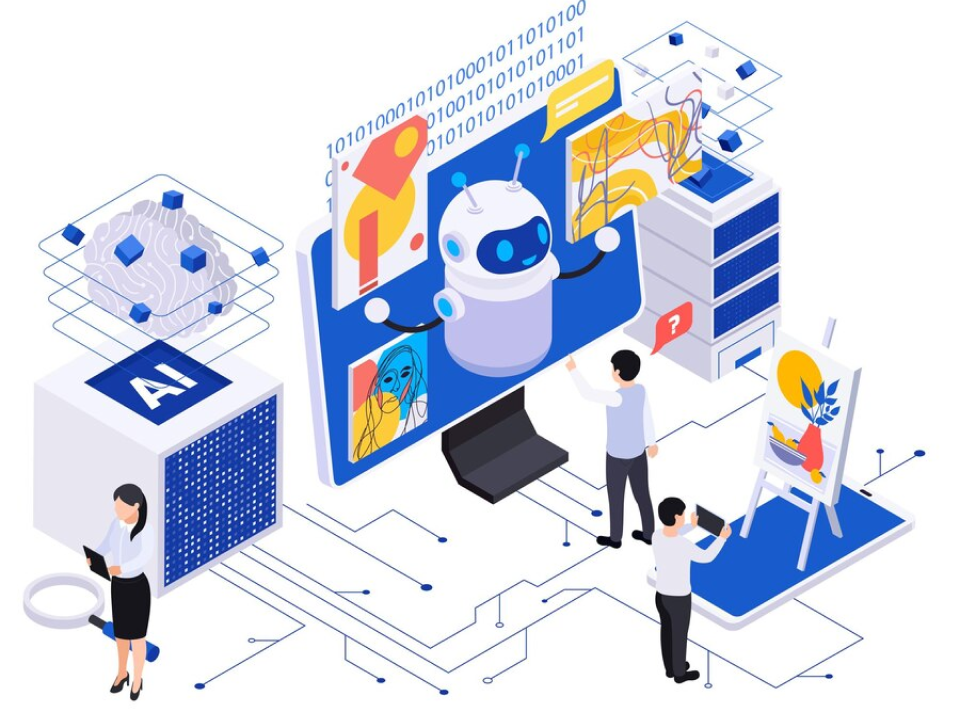April 10, 2024 | Makeblock
In the rapidly evolving landscape of education, integrating traditional teaching tools with artificial intelligence (AI) is revolutionizing the way we teach and learn. As technology advances at an unprecedented pace, educators are increasingly turning to AI-powered solutions to enhance their teaching methodologies and improve student outcomes.
While traditional teaching methods have long been the cornerstone of education, the incorporation of AI introduces exciting new possibilities to personalize and optimize the learning experience for students of all ages. From intelligent tutoring systems to adaptive learning platforms, AI technologies are reshaping classrooms worldwide, catering to the diverse needs and learning styles of today's learners.
In this blog, we delve into the transformative potential of integrating traditional teaching tools with AI in education. We explore the benefits, challenges, and implications of this integration, as well as real-world examples of how AI is being leveraged to enhance teaching and learning outcomes. Join us on a journey to uncover the innovative intersection of tradition and technology in education, and discover how AI is shaping the future of learning.
Use of AI in Education
Content Delivery
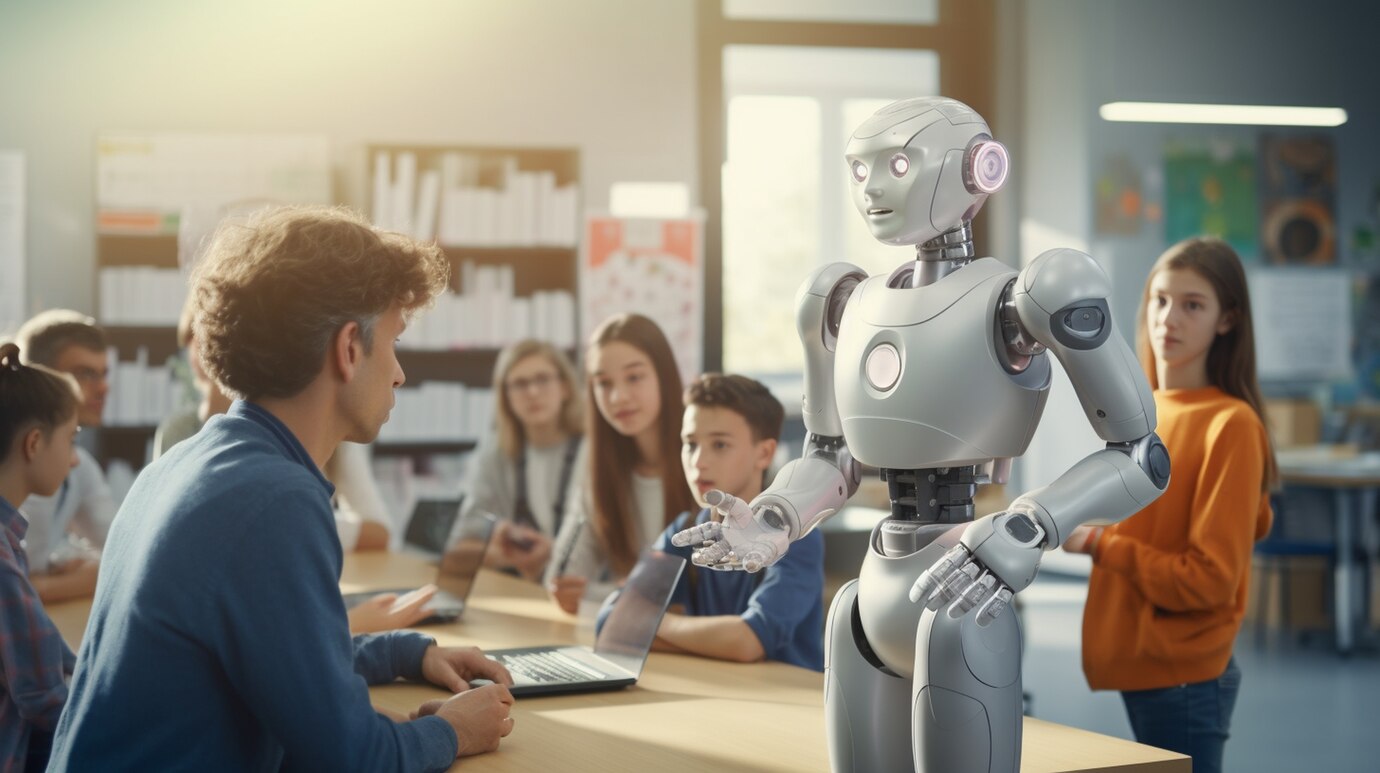
Traditional teaching tools like textbooks, lectures, and physical experiments are being enhanced with AI to create interactive and adaptive learning experiences. For instance, AI can be used to create personalized learning modules that adapt to a student's pace and understanding level, providing tailored content that meets individual needs. This is achieved through adaptive learning platforms that analyze student performance and adjust the difficulty or focus of the material accordingly.
Assessment and Feedback
AI has been integrated into assessment tools to provide immediate, personalized feedback to students. This includes automated grading systems that can evaluate student work against a set of criteria, saving teachers time and allowing them to focus on more strategic tasks. Additionally, AI can offer detailed feedback on areas where a student may need improvement, facilitating a more targeted approach to learning.
Personalized Learning
Personalized learning is a key area where AI is making significant strides. By analyzing data on student performance, AI can identify patterns and recommend customized learning paths for individual students. This includes recommending specific resources, activities, or exercises that are most likely to help a student master a particular concept or skill.
Classroom Management
AI is also being used to streamline classroom management tasks. For example, AI-powered classroom management systems can automate attendance tracking, behavior monitoring, and even scheduling. This allows teachers to have a better overview of their classroom and focus more on teaching and less on administrative tasks.
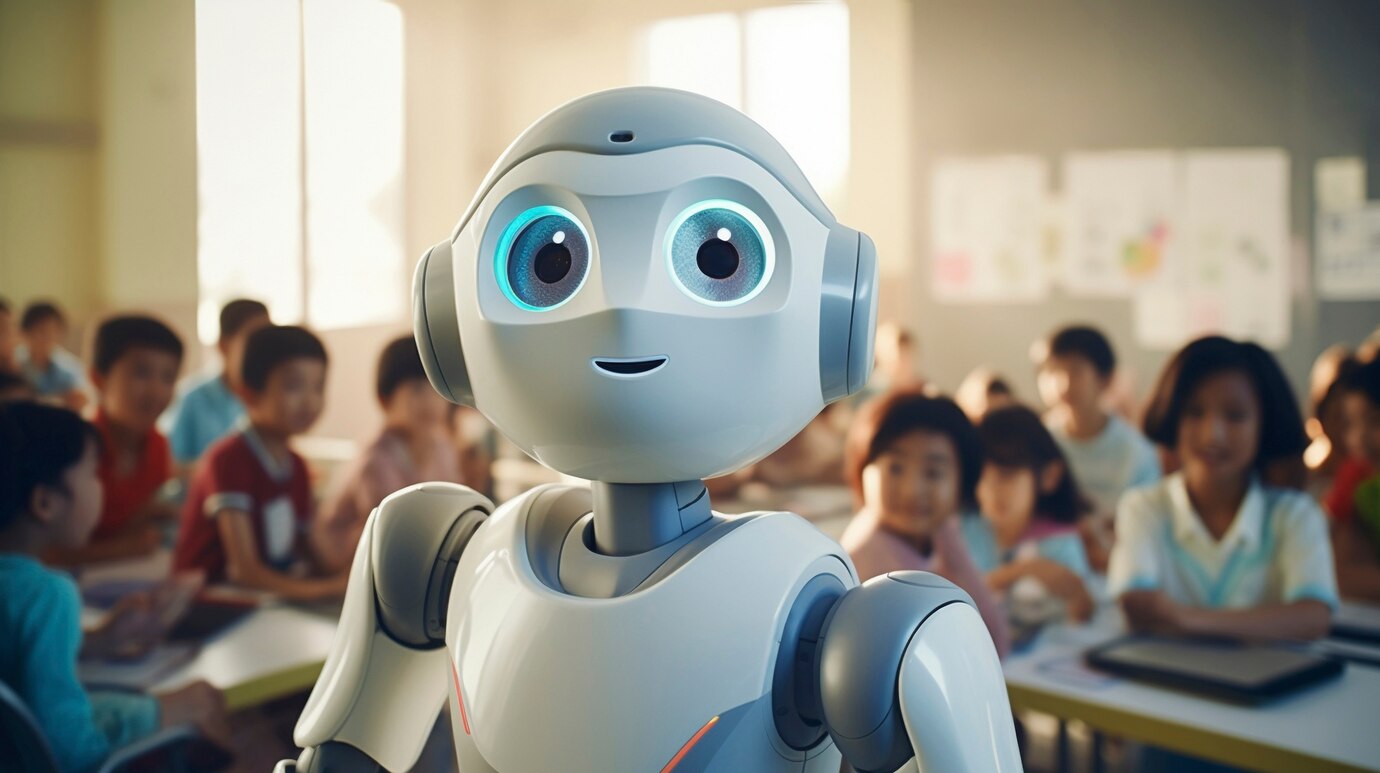
Virtual Learning and Remote Education
The COVID-19 pandemic has accelerated the adoption of virtual learning, and AI is playing a crucial role in this shift. AI-driven platforms can provide a more engaging and interactive online learning experience, with features like virtual labs, simulations, and gamified learning that make remote education more effective and enjoyable.
Integration of Robots with AI in Education
Robots have gradually become an integral part of education. In recent years, the integration of robots combined with artificial intelligence (AI) has emerged as a powerful force in reshaping the landscape of education. These advanced technologies are not just futuristic concepts but tangible tools that are revolutionizing the way students learn and teachers teach. By leveraging the capabilities of AI, robots are being utilized in educational settings to enhance engagement, provide personalized learning experiences, and foster critical thinking skills.
There are numerous well-designed AI robots that have captured the admiration of students. All of them demonstrate the diverse applications of robots integrating with AI in education, ranging from assisting with basic educational tasks to providing specialized support for students with unique learning needs. Here we offer some recommendations:
1. Makeblock mBot 2
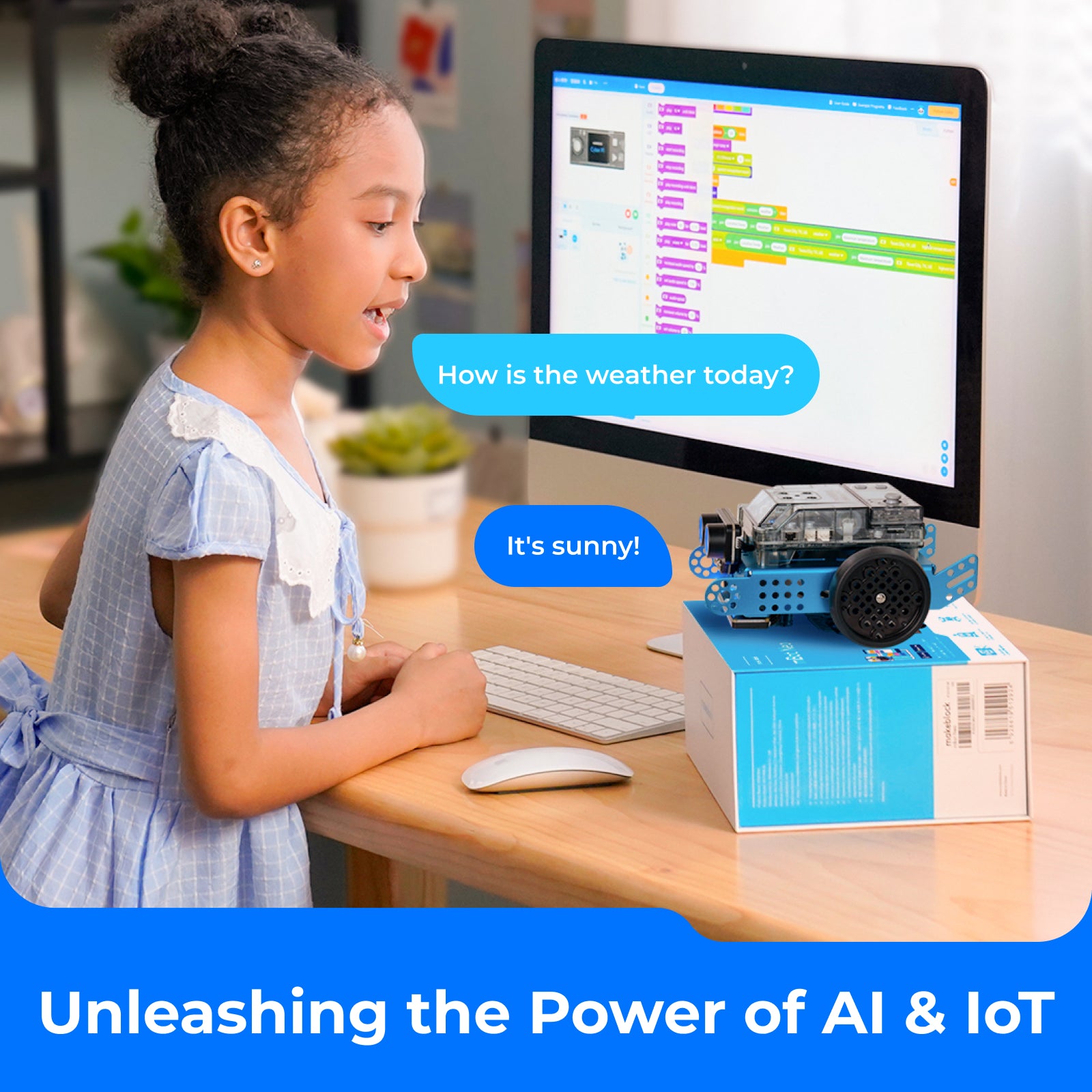
mBot2 stands out as a versatile and educational AI robot, having inspired lots of students aged 6 and up in the STEM field.
As an educational AI robot, it boasts versatile AI functionality with its multiple sensors, including light, ultrasonic, and RGB sensors, which allow the robot to effectively interact with its surroundings. This robot promotes active learning through voice interaction, enabling users to communicate with it using spoken commands. This interaction not only piques students' interest in areas such as natural language processing and audio recognition but also encourages them to program the robot to carry out tasks based on verbal instructions. Additionally, mBot 2's gyroscope module allows the robot to react to physical movements and orientations, showcasing the practical application of sensor technology in educational settings.
Beyond sensor interaction, mBot 2 is equipped with machine learning capabilities, which are demonstrated through its network camera that facilitates text and image recognition. This feature introduces users to the basics of computer vision, illustrating how machines can analyze and respond to visual information.
The robot's natural language processing skills are evident in its capacity to analyze spoken content and identify emotional trends, providing insights into the technology that powers the comprehension and interpretation of human speech.
By integrating with Makeblock's AI Science Project Box, mBot 2's potential is further expanded, offering students the opportunity to delve into AI and machine learning principles. Through proper programming, students can enable the robot to participate in dialogues, translate languages, and access up-to-date weather information for their area.
2. Makeblock Codey Rocky
Codey Rocky is an advanced educational AI robot equipped with over 10 integrated electronic components that facilitate a range of dynamic functions such as emotional representation, application-based remote operation, path navigation, and color identification. The robot's integration with AI elements provides an immersive and practical learning experience for students, enabling them to explore the essentials of machine learning, computer vision, and natural language processing.
The robot is furnished with an array of sensors that help students grasp the basics of AI. These include an RGB LED module, sound sensor, light sensor, infrared (IR) emitter and receiver, color-sensitive IR sensor, LED matrix, and speaker. Codey Rocky's capabilities span a variety of tasks, from maze-solving and music playback to color detection and voice command responses, making it suitable for diverse educational goals and scenarios.
One of the standout features of Codey Rocky is its network camera, which enables the robot to recognize printed text. This aspect of computer vision allows users to direct the robot's movements by simply positioning text in front of the camera, thereby deepening their knowledge of optical character recognition techniques.
Furthermore, Codey Rocky is designed with the ability to discern human facial expressions and hand gestures through its built-in network camera, utilizing computer vision to engage with users emotionally. This capability introduces learners to the innovative field of emotion recognition and its possible uses.
The robot is compatible with Makeblock's user-friendly coding software, mBlock. This interface empowers students to tap into their creativity and hone their programming abilities as they guide Codey Rocky through a variety of AI-powered tasks and actions.
3. Loona Smart Robot
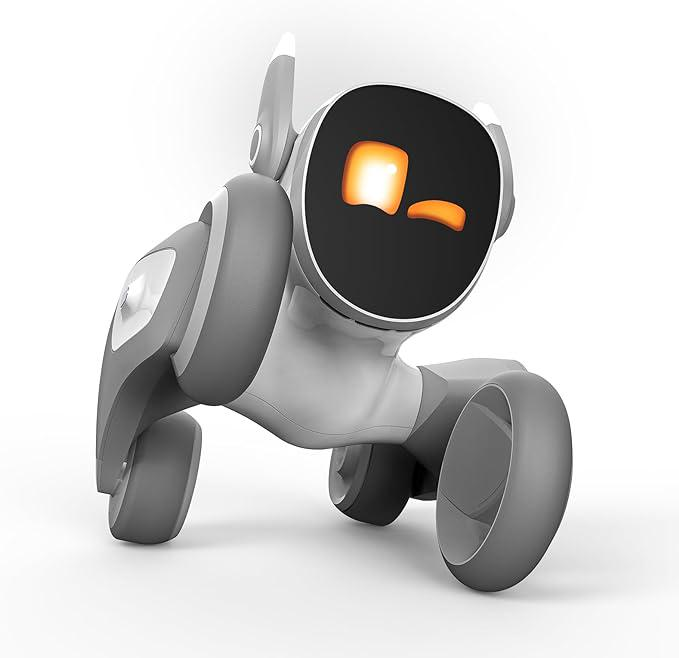
Loona, developed by Keyi Technology, stands out as a pioneering smart robot designed to function as a multifaceted companion. It seamlessly integrates the qualities of a pet, a toy, and a robot, offering users a distinctive blend of interaction, entertainment, and practicality.
Loona is engineered to offer companionship, boasting the ability to recognize and react to human emotions and behaviors. It showcases a remarkable repertoire of over 700 emotions, which it expresses through its movements, illuminations, and sounds, thereby enhancing the overall user experience.
Equipped with cutting-edge sensors, including a 3D-ToF camera, Loona demonstrates remarkable capabilities such as facial recognition, object tracking, and obstacle avoidance. This advanced technology enables it to navigate its surroundings effortlessly and interact intelligently with its environment.
Equipped with cutting-edge sensors, including a 3D-ToF camera, Loona demonstrates remarkable capabilities such as facial recognition, object tracking, and obstacle avoidance. This advanced technology enables it to navigate its surroundings effortlessly and interact intelligently with its environment.
The comprehensive array of features that Loona offers positions it as an attractive choice for individuals seeking a smart robot that can provide companionship, entertainment, and practical utility. Its successful crowdfunding campaign on Kickstarter and its diverse functionalities underscore its significance as a notable addition to the realm of AI-powered robots.
Integration of Robots with AI in Education
There are no more engaging ways for kids to learn through games, as kids are naturally interested in fun and exciting activities. With the quick surge of AI technology, numerous educational games utilize AI to enhance learning experiences for students. Here are a few examples:
1. DragonBox Algebra
DragonBox Algebra is an educational game designed to teach algebraic concepts to students of all ages. It uses AI algorithms to adapt the difficulty level of the puzzles based on the player's performance, ensuring that each student receives personalized instruction tailored to their needs.
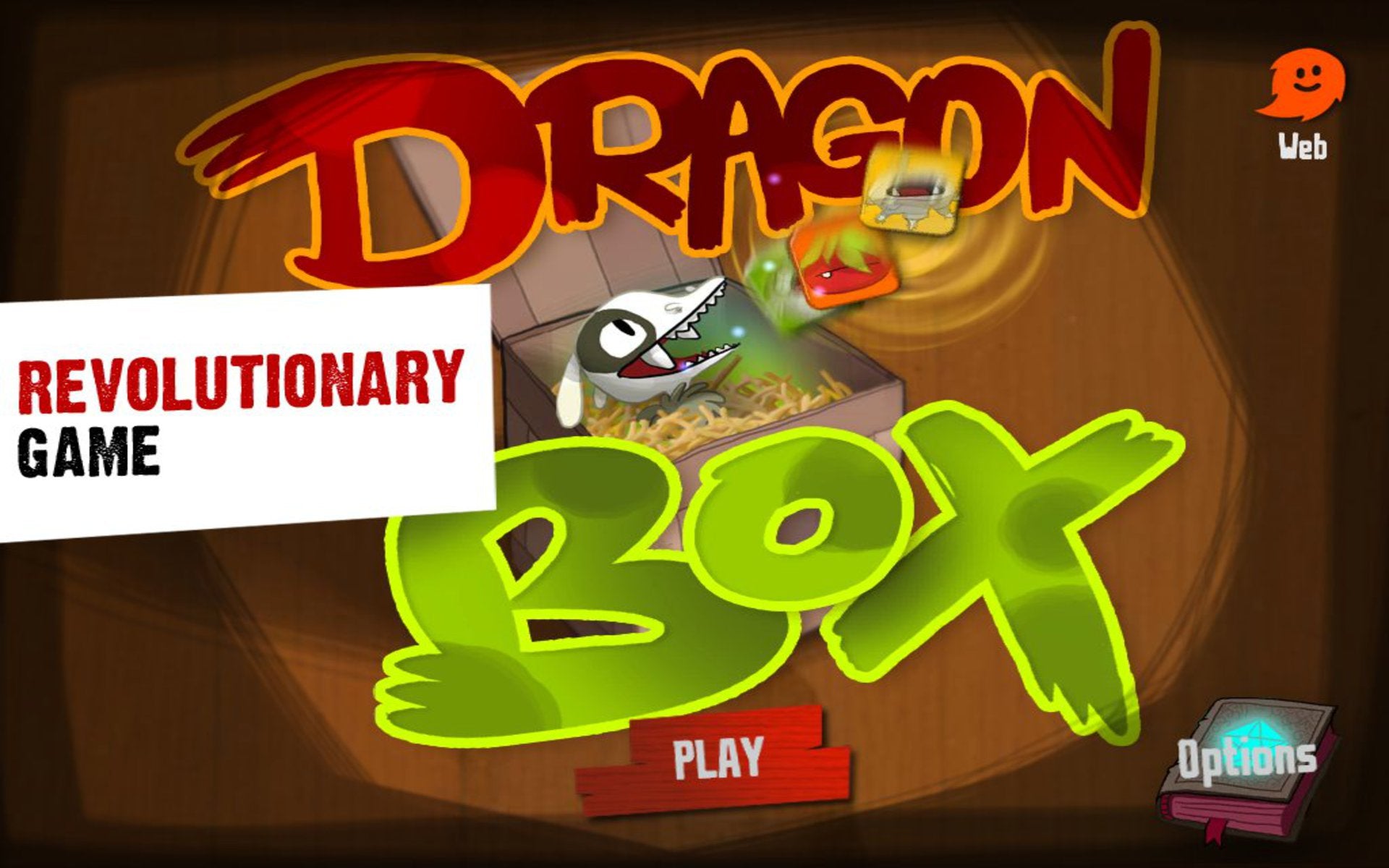
2. Prodigy
Prodigy is a math-based role-playing game that adapts to each student's skill level and learning pace. It uses AI to generate personalized questions and challenges that align with the curriculum, helping students strengthen their math skills while having fun in a game-like environment.
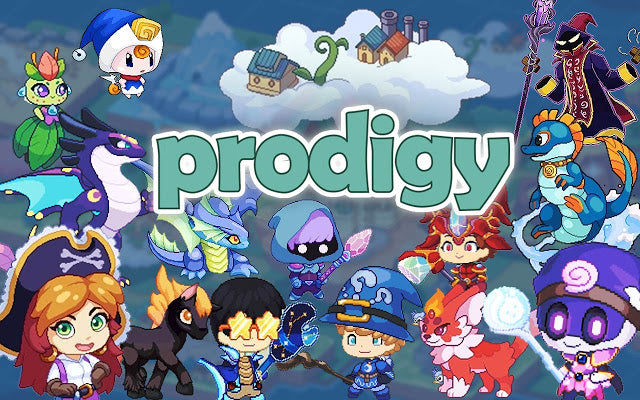
3. Zorbit's Math Adventure
Zorbit's Math Adventure is a series of educational games designed to teach math concepts to elementary school students. The games use AI algorithms to provide adaptive feedback and support, allowing students to progress at their own pace and build confidence in their math abilities.
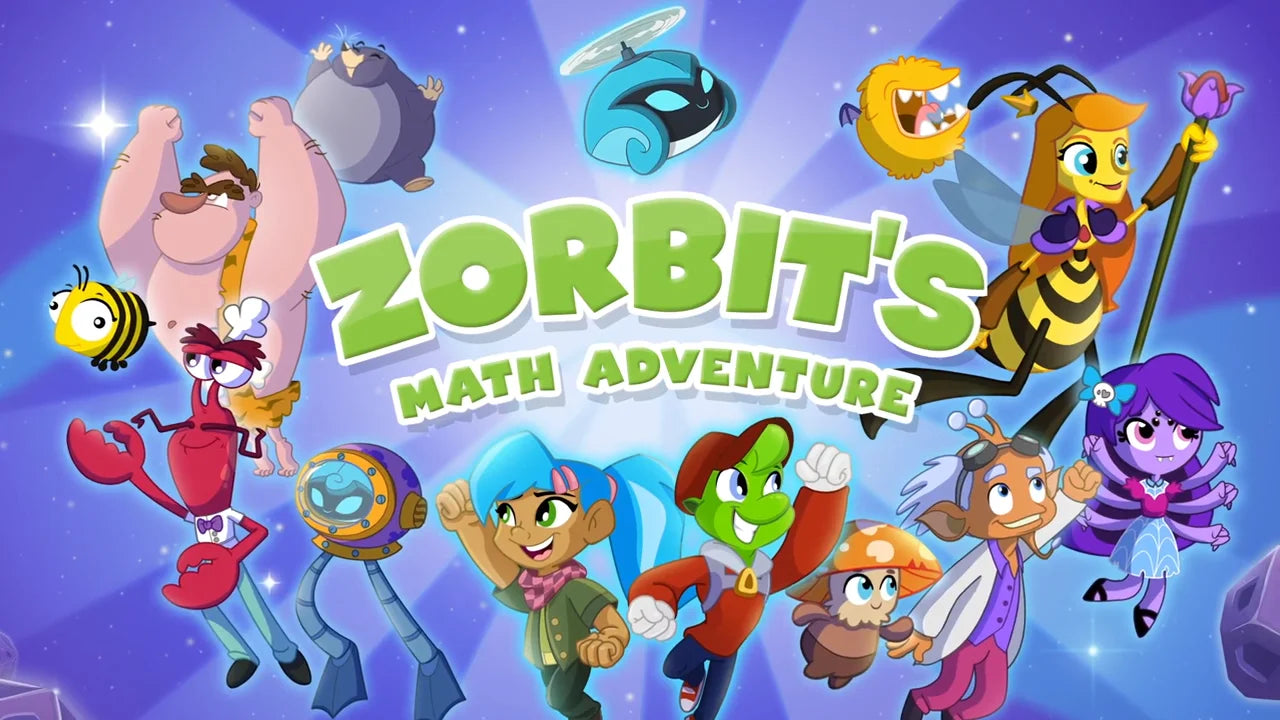
4. Minecraft: Education Edition
Minecraft: Education Edition is a popular sandbox game that has been adapted for educational purposes. It uses AI technology to create immersive learning experiences across various subjects, such as history, science, and mathematics. Educators can use AI-powered tools to create custom lessons and challenges that align with their curriculum objectives.
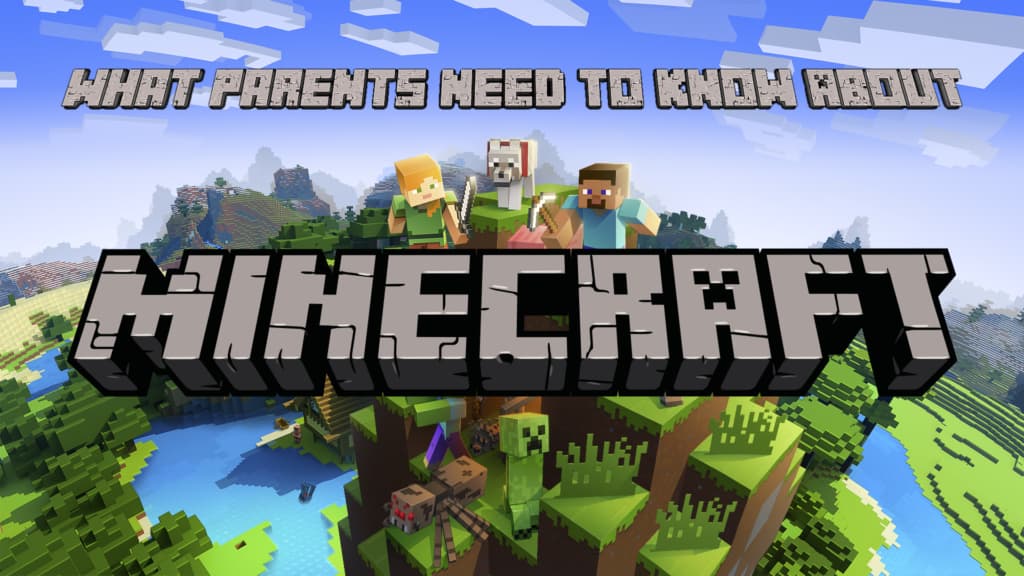
5. Kahoot!
Kahoot! is a game-based learning platform that allows educators to create and share interactive quizzes, surveys, and discussions. It uses AI to analyze student responses and provide real-time feedback, allowing educators to assess student understanding and adapt their instruction accordingly.
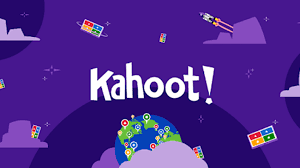
Integration of Robots with AI in Education
In today's digital age, the integration of coding with artificial intelligence (AI) is revolutionizing education by equipping students with essential skills for the future. One of the key advantages of integrating code with AI in education is the ability to provide personalized learning experiences tailored to the needs and interests of individual students. In recent years, many apps have surged out with the function to give coding learners personalized feedback and customize related coding courses. There are some well-performed coding apps with customizable functions with the help of AI technology.
1. Swift Playgrounds
Swift Playgrounds is an app developed by Apple that teaches Swift, the programming language used to create iOS apps. The app utilizes AI technology to provide interactive coding challenges and puzzles, as well as personalized feedback and hints to help users learn to code in Swift.
2. Mimo: Learn to Code
Mimo is a coding app that offers lessons in various programming languages, including Python, JavaScript, HTML, CSS, and more. The app uses AI technology to track the user's learning progress and provide personalized recommendations for future lessons and exercises.
3. Codecademy Go
Codecademy Go is the mobile companion app for the popular online coding platform Codecademy. The app uses AI technology to deliver personalized coding exercises and quizzes, as well as real-time feedback and guidance to help users improve their coding skills on the go.
However, there is a very impressive and versatile coding software with various AI functions not simply limited to customizable learning courses. It's Makeblock's free coding software, mBlock.
4. mBlock
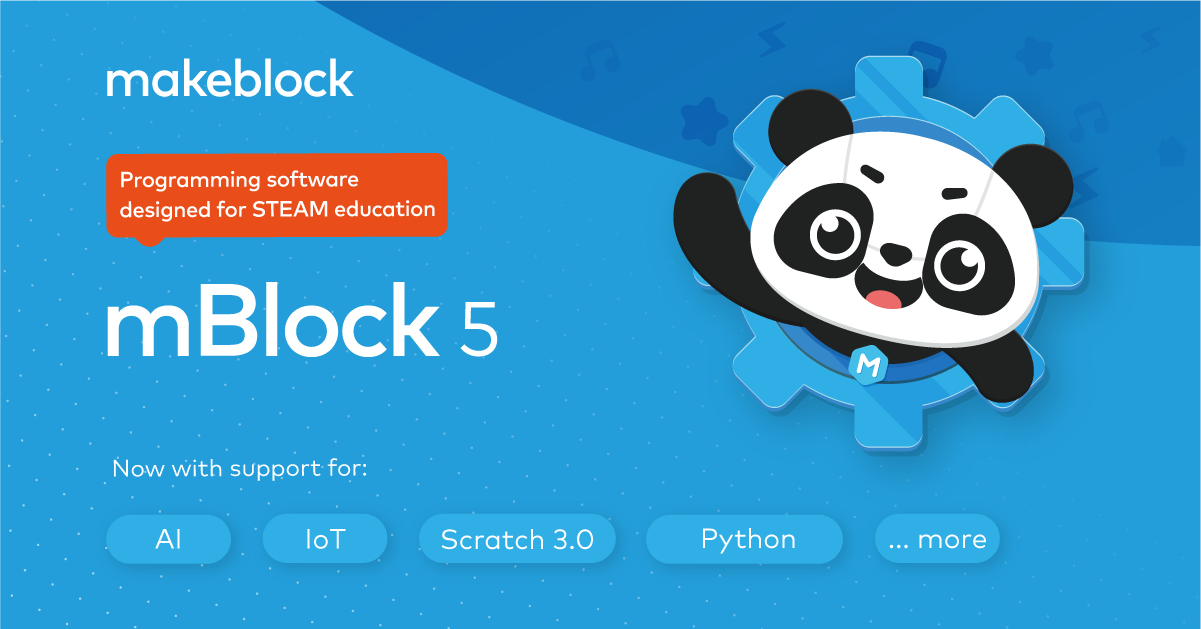
Makeblock's mBlock is a versatile and user-friendly coding software designed to facilitate students' understanding of robotics and AI education. This free software offers a rich set of features that enable students and enthusiasts to program and control various Makeblock robots and devices with ease. Here are its key AI functions:
1. Cognitive Services
Voice to Text: Converts spoken language into written text, allowing robots to understand and respond to voice commands.
Image to Text: Extracts text from images, enabling robots to interpret visual information.
Image Recognition: Identifies objects, people, and scenes within images.
Age Detection: Estimates the age of individuals in images or videos.
Emotion Recognition: Analyzes facial expressions to determine emotional states.
Gender Recognition: Identifies the gender of individuals in images or videos.
Glasses Type Recognition: Detects and classifies the type of glasses worn by individuals.
Smile Intensity Recognition: Measures the degree of happiness expressed through smiles.
Head Pose Recognition: Detects the orientation of a person's head.
Sentiment Analysis: Analyze the emotional tone of the written text.
Language Identification: Detects the language of text.
2. Voice Interaction
Speech Recognition: Enables robots to understand and process spoken commands.
Text-to-Speech: Converts written text into spoken language for robots to communicate with users.
3. Image Recognition
Text Recognition: Identifies and reads text within images or from the environment.
Web Address Recognition: Extracts URLs from images or documents.
License Plate Recognition: Detects and reads license plate numbers.
Object Classification: Identifies a wide range of items in images.
Gesture Recognition (Basic): Detects simple hand gestures.
Human Attribute Analysis: Determines gender, age, and clothing from images.
4. Natural Language Processing (NLP)
Emotion Orientation: Analyzes the emotional content of the text.
Text Similarity: Compares the similarity between different texts.
Guess the Drawing: A game where users draw and the software provides guesses based on the drawing.
5. Machine Learning
Additional Training: Allows users to train models for basic arithmetic operations.
RNN Network Selection: Choose from different types of recurrent neural networks for training.
Hidden Layers Configuration: Set the number and type of hidden layers for neural networks.
Training and Validation: Adjust the number of samples, batches, and iterations for model training and validation.
mBlock's intuitive interface and drag-and-drop programming environment make it accessible to users of all ages and skill levels. With its comprehensive set of features, mBlock empowers users to bring their robotic and AI projects to life, fostering a deeper understanding of technology and its applications.


